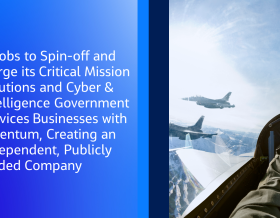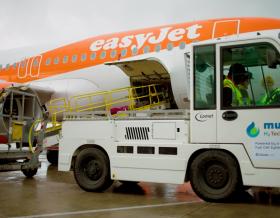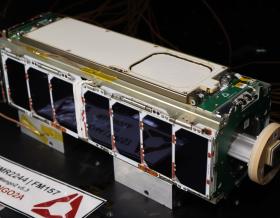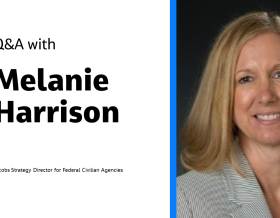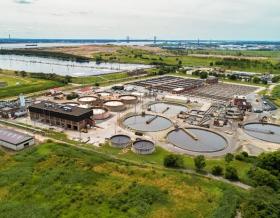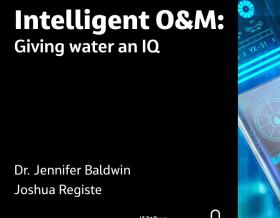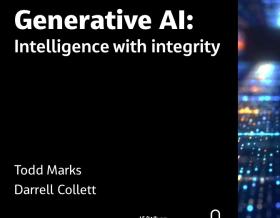
In the final piece from the “3 Trends Making a Splash in Water” series, Jacobs Global Director of Water Peter Nicol highlights how the technological advancements driving a next-generation industrial revolution are also delivering more connected and optimized solutions in the water industry. Missed Peter’s other trends? Check them out here and here.
The first industrial revolution in the late 18th century brought us the steam engine. The second, following in the late 19th century, introduced assembly lines and advanced techniques for production. A third in the 1970s advanced widespread electronics. Each of these revolutions impacted far more than just the industrial manufacturing industry, bringing additional sociological and economical changes and unprecedented results along with them.
As the dawn of a possible forth industrial revolution – being coined Industry 4.0 – looms, what should we expect?
Already the world around us is becoming smarter and more connected – from vehicles, roadways and factories to ports, refineries and even whole cities such as Aurangabad Industrial City. Advancements such as big data and analytics, the Internet of Things (IoT), machine-to-machine (M2M) communication and augmented and virtual reality will continue to mature and shift how we live and operate in a digital world.
When we look back on Industry 4.0, it’s these technologies, and their embedded improvements to connectivity and optimization, that will accompany the term in future history books – and these technologies are already being harnessed globally to solve water challenges in ways that weren’t possible a decade ago.
The big data environment
In the last few years, cloud computing has caused major change in technology and business spheres alike with its remote storage and on-demand access capabilities. The combination of this exponential growth in computing technology, continual advances in software and modeling methodology and major developments in data capture and availability have created a demand from both users of modeling software and clients, to make it quicker to run more detailed model simulations. This is where Jacobs’ Flood Cloud service changes how we understand and interpret modeling possibilities. Flood Cloud enables users of our industry-leading suite of flood modeling software to seamlessly undertake their analysis, at any scale, in the cloud. As the frequency and severity of weather events intensify, Flood Cloud is a real asset in helping users and clients respond to these situations and enabling them to embrace big data environment challenges.
Charlotte, North Carolina, took advantage of this environment to implement a first-of-its-kind water management and efficiency program called Smart Water Now™. The program is centered on smart water grid technologies, connecting with the energy grid, to help the city achieve its goal of a 20 percent reduction in water consumption. That equates to about 53 million gallons of water, enough to fill 80 Olympic-sized swimming pools.
Smart Water Now’s integrated virtual data-sharing technologies include digital grid technologies to display near real-time water data in uptown Charlotte, smart meters to capture the water consumption of each building and then upload it to the cloud as encrypted data for network sharing, video screens in building lobbies to show real-time total water used by business district buildings and cloud-based aggregation and analyses of water usage to enhance water optimization. Together, these technologies have maximized community involvement and established a global model for environmental sustainability and measurable community results.
Just over 220 miles away in Gwinnett County, Georgia, a smart water meter pilot study is helping the county confront non-revenue water losses and better manage its water uses. In the largest-of-its-kind pilot using ultrasonic meters connected to AT&T’s LTE network, 500 households are now using smart water meters that monitor everything from tampering and leaks to changes in water temperature and pressure. In just the first few months of the pilot, the smart meters already identified plumbing issues at nine customer homes that will keep 4.8 million gallons of water from being lost annually – enough to serve 44 households.
In the U.K., South East Water is exploring how implementing advanced metering infrastructure and sensors, along with information management and system integration, might provide enhanced opportunity for a more dynamic understanding of their robust water system. One of the main objectives of South East Water’s trial is measuring how effective a smart water network would be in reducing leakage through earlier leak detection or by using leak avoidance techniques.
Estimates from the U.K.’s Consumer Council for Water state that England and Wales lost approximately 3.1 billion liters of water daily due to leaky pipes in 2017, and a study from the American Society of Civil Engineers estimated that leaky pipes in the U.S. caused the loss of nearly 6 billion gallons of treated water per day last year. Although completely eradicating leaks might not yet be possible, by using a combination of predictive and preventative technologies, utilities should be able to understand where the leakages are occurring. Access to this data will help them make smart investment decisions to improve their most critical assets proactively.
Similarly, Cincinnati, Ohio leveraged M2M cellular technologies to its improve water quality, protect the environment and get smart information about their water and wastewater systems. This data in turn helps the city more effectively manage water supplies and maintain a sustainable economy. M2M solutions enabled not only Cincinnati, but many other progressive utilities to cost-effectively collect, transmit and use system and asset data, and turn it into actionable information to make critical decisions related to operations, maintenance and capital investments.
Drones, virtual reality and more
Unmanned Aerial Vehicles, or drones, are another technology offering organizations widespread uses to help maximize efficiency of their systems and monitor their assets. In Singapore, the national water agency Public Utilities Board (PUB) is trialing drone use for general surveillance at its Marina Barrage Reservoir, and on one of the United Kingdom’s Top 40 infrastructure projects, the award-winning Thames Estuary Asset Management Programme (TEAM2100) – which protects London from current and future tidal flooding – drones are being used for surveying. Drones are quicker than traditional topographic survey methods and can cover approximately 2-kilometers of linear surveying per day, collecting millions of 3D data points and providing the opportunity to gain more data than ever before since they can capture an unobstructed view of surveyed areas. For Singapore, drones will help PUB obtain aerial footage for monitoring purposes and even act as a deterrent for illegal activities.
PUB is also using robotic swans to assess raw water quality at various reservoirs scattered around the country. Designed to look like swans so that they’ll blend into the natural environments they service, these devices are part of the agency’s Smart Water Assessment Network (SWAN) initiative, focused on improving raw water quality and obtaining a better understanding of reservoir health.
While drones provide enhanced opportunities to monitor and improve built assets, other technological advancements, such as virtual and augmented reality, are dramatically improving how the industry approaches the design process of infrastructure and assets. Using VR technology, agencies and consultants can interact with traditional design models and their design and engineering counterparts within the model at true scale, regardless of their physical locations – making collaboration simpler than ever.
Being able to work in a virtual space also allows early identification of design issues and can even prevent safety issues before they can cause injuries. As these technologies mature, we’ll likely see more owners and utilities using VR and AR to guide the design process of their infrastructure upgrades – and additional technologies, like 3-D printing might even play a role in how this infrastructure is constructed and weaved into communities.
Staying ahead of the digital curve is no longer just a nice to have, it’s business imperative. Smart, digitally-enabled solutions are the name of the game for scalability and greater social, environmental and economic returns on capital invested in infrastructure upgrades and water initiatives today – and throughout Industry 4.0 and beyond.
About the author
Peter Nicol currently serves as Global Director of Water at Jacobs and was formerly CH2M’s Global Water Business Group President where he had full profit and loss responsibility for the $1.4 billion global water business, including leading more than 5,000 water professionals, in 175 offices, in more than 50 countries worldwide. Under Peter’s leadership, CH2M solidified its brand as the global market leader in water and wastewater design work, and he continues to lead Jacobs’ industry-leading water efforts. Peter joined CH2M in 1980 after receiving his bachelor of applied science degree in Geological Engineering and Applied Earth Sciences from the University of Toronto.
You might be interested in...
-
 Showcase
ShowcaseSouth East Water Smart Meter Data Analytics
Helping one U.K. agency organize – and make sense – of all that data
-

 News
NewsHow 1 City is Getting Smart to Confront Urbanization
India is experiencing an astonishingly rapid shift in the movement of people from rural to urban centers. What if we showed you how Jacobs and Aurangabad Industrial Township Limited are promising India’s residents new pathways to economic vitality and vibrant urban living, with creative reconnection to its golden past?
-
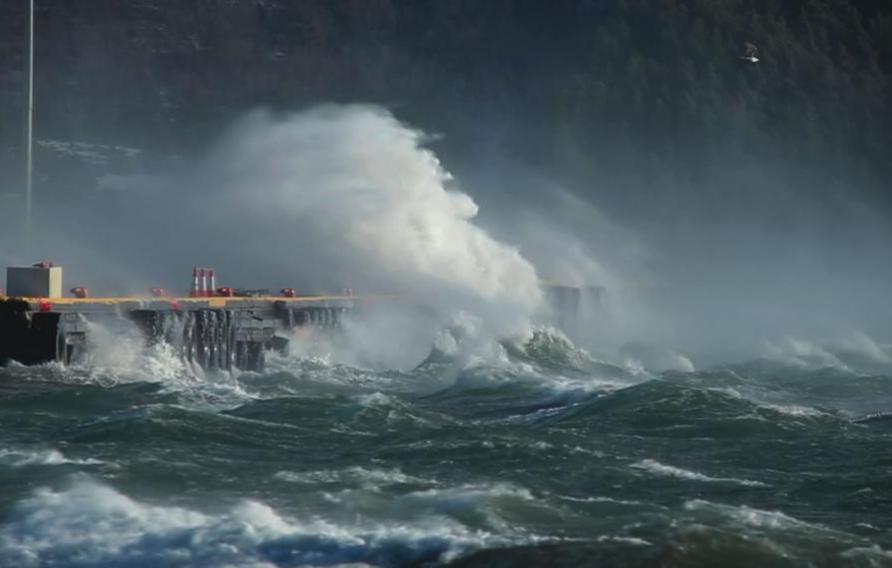
 News
NewsHow Flood Resilience and Big Data Combine for Fast Answers, Anywhere
Globally, flood frequency is predicted to increase across 42% of Earth’s land regions by the end of the century. What if we showed you how, at the click of a button, Jacobs’ game-changing Flood Cloud service provides dynamic, on-demand access intelligence to promote resilience against climate threats?
-

 News
NewsHow Innovation Drives Efficiency on Britain’s Busiest Waterway
The 10-year, TEAM2100 program to refurbish and improve tidal flood defenses in London and the Thames Estuary is the Environment Agency’s single largest flood risk management program in England and one of the U.K. Government’s top 40 infrastructure projects. What if we showed you how the TEAM2100 team, including Jacobs, is driving innovation at every stage of the asset lifecycle to better protect London from current and future tidal flooding?
-
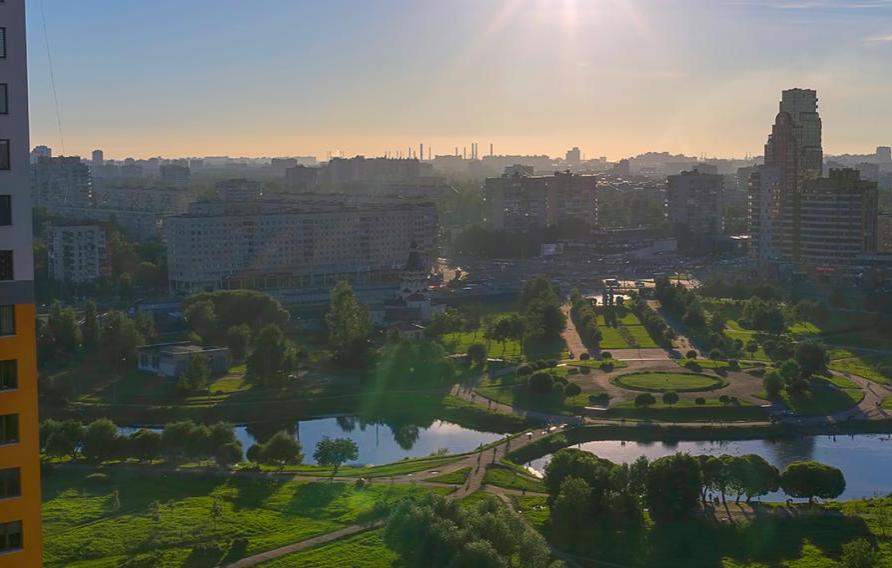
 News
NewsHow Smart Meters are the Real Winners in Reducing Water Loss
With no new water on Earth, communities cannot afford to waste this precious resource. What if we showed you how Jacobs, as part of a pilot study team with Gwinnett County Department of Water Resources, is deploying cellular technologies to better manage water loss and track water usage?

